API to build your own integrations
AlisQI is a modern, cloud-based Quality Management System that is designed to fit into a bigger IT infrastructure.
Our API lets you develop your own integrations. Think about integrating your QMS with your ERP, MES, PLM, instruments, sensors or website.
Example use cases
The AlisQI API has many applications, we are often surprised by the integrations our customers build. Use cases of the AlisQI API include:
- Master data from ERP to AlisQI
- Manufacturing orders from ERP to AlisQI
- Batch release from AlisQI to ERP
- Specification management (from PLM to AlisQI)
- Quality Data download to ERP or data warehouse
- Instrument, sensor or SCADA integration

JSON over HTTPS
The AlisQI API is based on JSON over HTTPS GET/POST.
Since the AlisQI data model is fully customizable, users can create their own forms and workflows, the API is dynamic as well. AlisQI offers a dynamic API documentation in the application. This dynamic documentation describes all parameters and fields in great detail, including request and response examples.
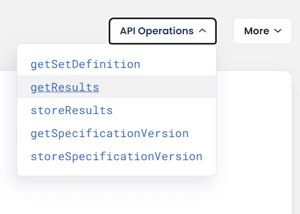
Authentication
The AlisQI API uses tokens for authentication (authToken). All tokens are linked to exactly one user account. Every user account can have multiple tokens. Permissions for tokens are derived from the related user group. This allows for very granular permission management per integration.
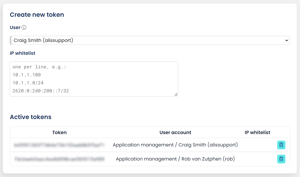
Workflows and webhooks
To support bi-directional integrations, the user-defined workflows can call webhooks. These webhooks enable you to trigger processes, both within AlisQI or in external systems. The payload in these webhook calls is user defined and can contain all fields from the AlisQI process forms, as well as any other static values.
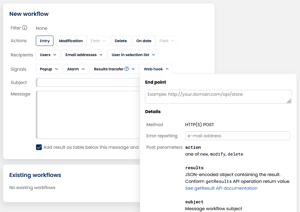
iPaaS platform
AlisQI can easily be integrated with individual applications through our API. When you need to integrate with a multitude of applications, sensors or devices, it may make sense to use an iPaaS platform.
Integration platform as a service (iPaaS) is a set of automated tools that integrate software applications that are deployed in different environments. AlisQI simply plugs into the iPaaS to communicate with other applications.
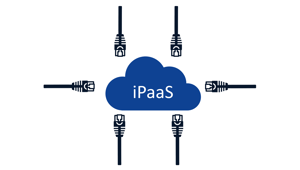
Professional SaaS solution
AlisQI is a 100% cloud based SaaS solution, with a license model designed to keep your IT spend under control.
If you need to know more about how we handle security, data processing and management, business continuity and disaster recovery and many more IT essentials, download our whitepaper ‘Software as a Service Platform & Security’. If you want to know more technical information, browse around in our knowledge base.
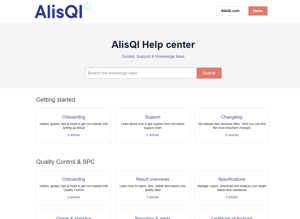
The AlisQI SaaS platform and security
This whitepaper describes the AlisQI Software as a Service platform. In it, the architecture, security measures and procedures, privacy and service level are discussed.
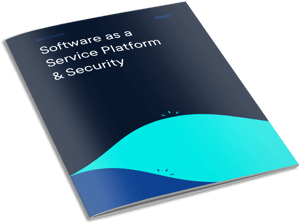
Let's plan a free demo!
We would love to show you how your factory can benefit from using our software, save up to 20% on time and reduce waste by up to 15%! Join our 1-hour online demo to get a clear impression of how AlisQI could help you work smarter.

